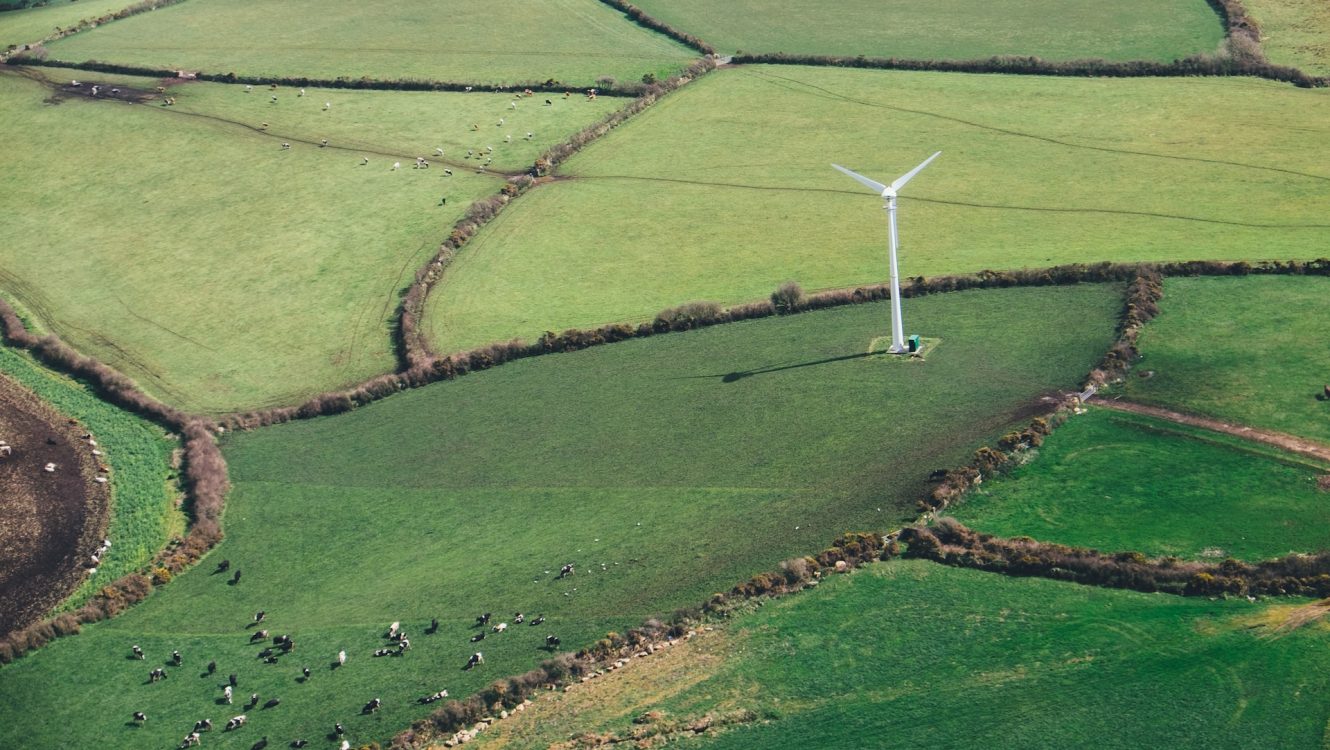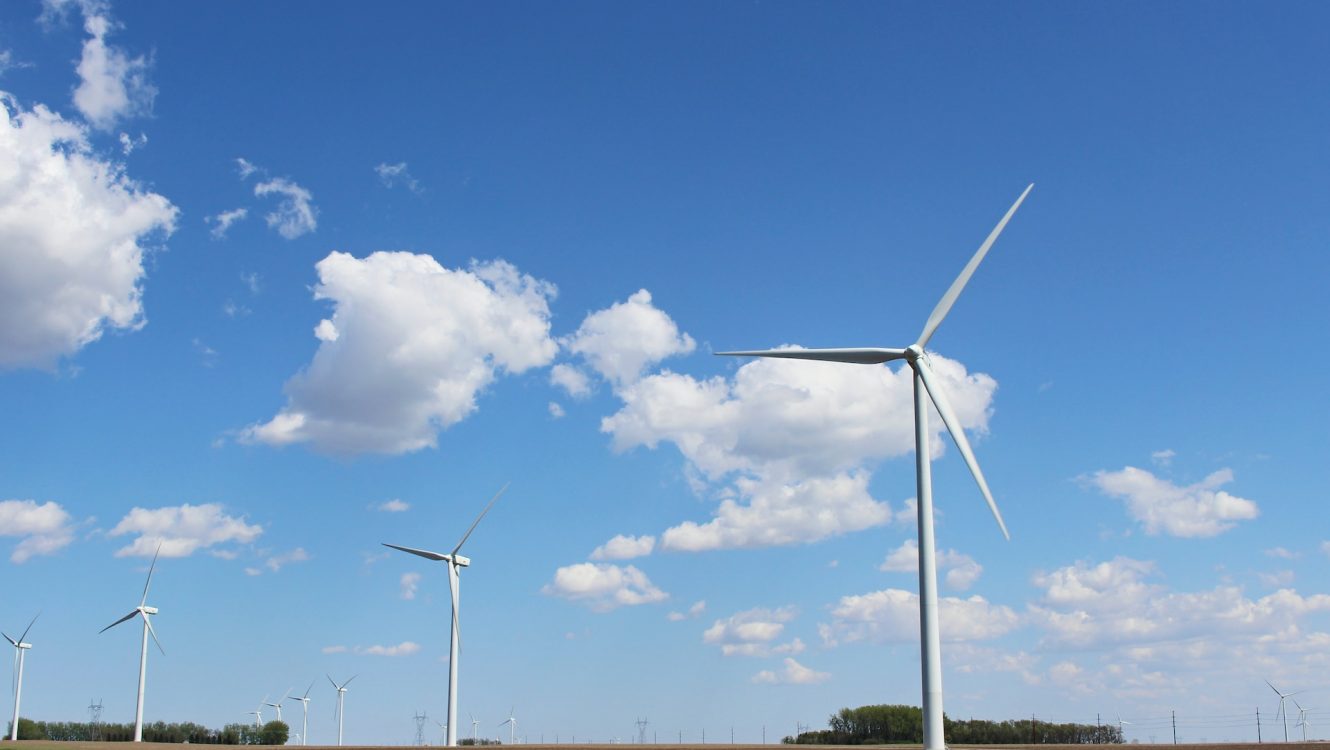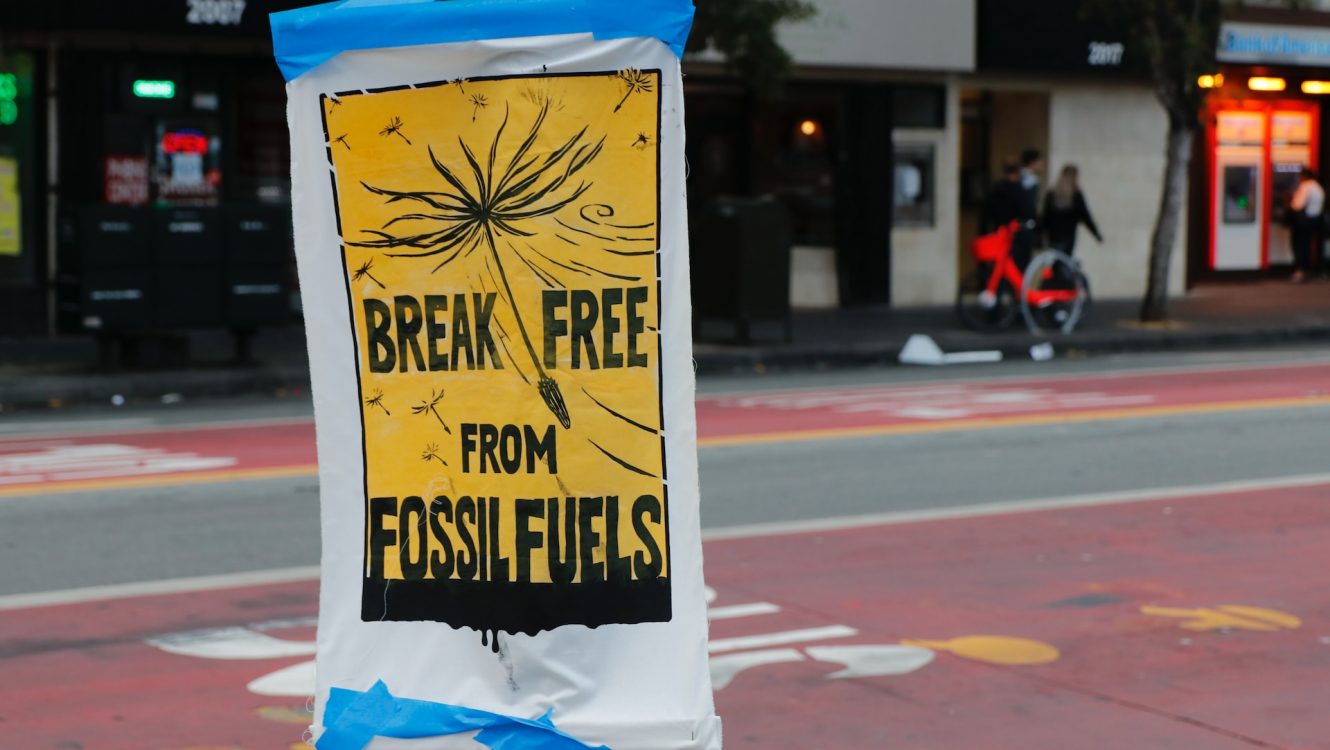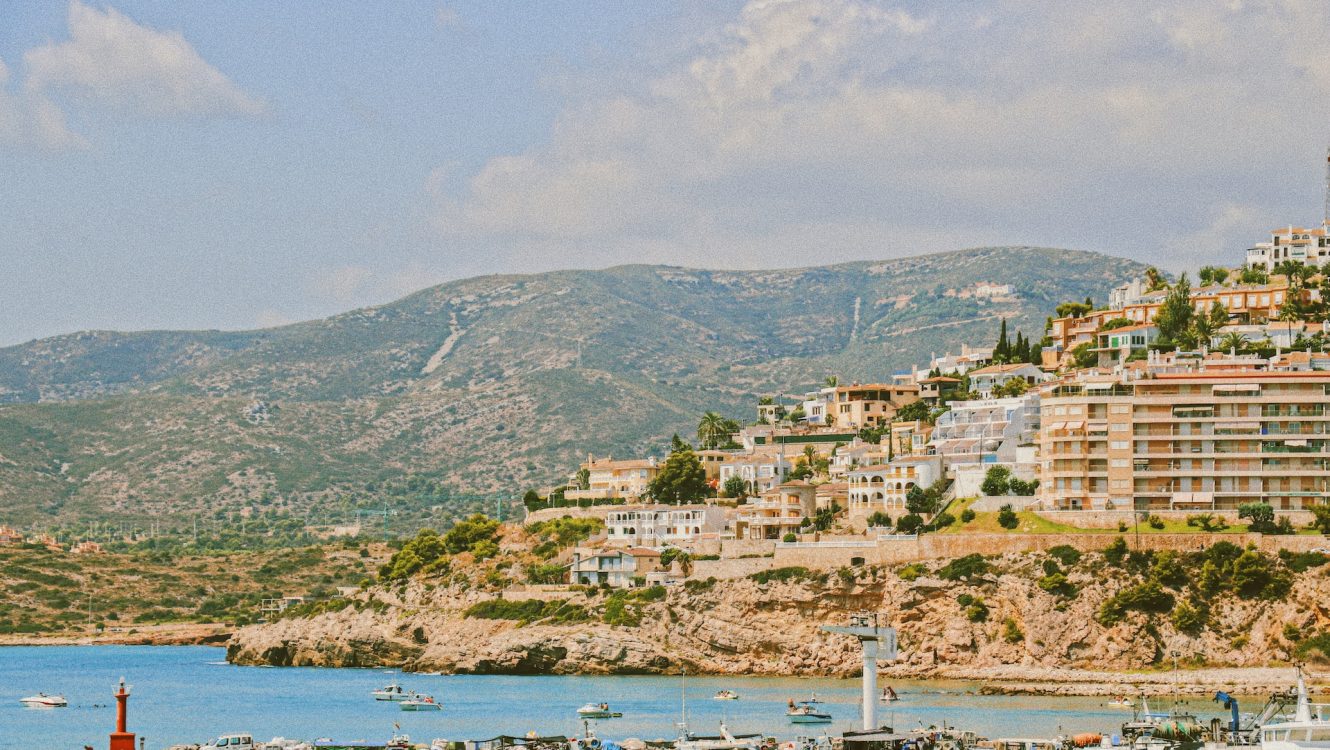Pioneering Research: Using Rock Weathering to Combat Climate Change
The global quest to find effective strategies against climate change has given rise to a series of novel ideas. Among them, the technique of rock weathering has recently gained traction. With the latest research demonstrating its efficacy even in arid regions, there’s a newfound hope that this approach might offer a green solution to reducing atmospheric carbon dioxide levels.
The Mechanics of Rock Weathering
Simply put, rain, enriched with carbon dioxide, reacts with volcanic rock, triggering a process termed rock weathering. This age-old natural process has the capacity to trap carbon. But here’s the exciting part: when this volcanic rock is ground into fine particles, the efficiency of rock weathering skyrockets. Some estimates propose that by adopting “enhanced” rock weathering on a global scale, we could potentially lock away 215 billion tons of carbon dioxide in the coming 75 years.
However, there’s an essential component to this equation: water. The effectiveness of this process in water-scarce areas was a significant concern, prompting researchers like Iris Holzer from UC Davis to delve deeper into its viability.
A Bold Experiment in California
Selecting California as their experimental backdrop, researchers embraced the challenge of the state’s dry conditions. The experiment involved distributing crushed rocks, specifically metabasalt and olivine, over a 5-acre cornfield, all during a period when California was experiencing one of its most severe droughts, receiving only 41% of its usual rainfall.
The outcome? Encouragingly, plots with the crushed rock demonstrated a capacity to store carbon dioxide at 0.15 tons per hectare. To put this in perspective, applying this strategy across California’s farmlands could equate to removing an impressive 350,000 cars from the roads each year.
Reflecting on the results, Holzer expressed optimism, noting the quick onset of weathering processes observed. She highlighted that “Even infrequent, intense rainfalls in regions like the West might be enough to boost enhanced rock weathering and pull out carbon dioxide.”
The Path Forward
The journey has only just begun. Holzer acknowledges the need to validate these findings on a grander scale and over longer durations. Given that expansive drylands cover 41% of our planet and are expanding, understanding rock weathering’s potential in these regions becomes crucial.
Cornell University’s Benjamin Z. Houlton captured the sentiment perfectly, emphasizing the pressing nature of our global climate challenge. “Our preliminary findings bring us a step closer to harnessing enhanced weathering as a global solution,” he commented.
This collaborative research, steered by the Working Lands Innovation Center, was backed by prominent entities like the California Strategic Growth Council and the Grantham Foundation. The study’s rock samples were provided by SGI, a notable aggregates and mining entity.
In a world seeking sustainable answers to the climate conundrum, techniques like enhanced rock weathering shine as beacons of potential. As research progresses, it remains to be seen how this method can be woven into global efforts to curb carbon emissions, but early indications are full of promise.
©globalgreenhouse.eu

























